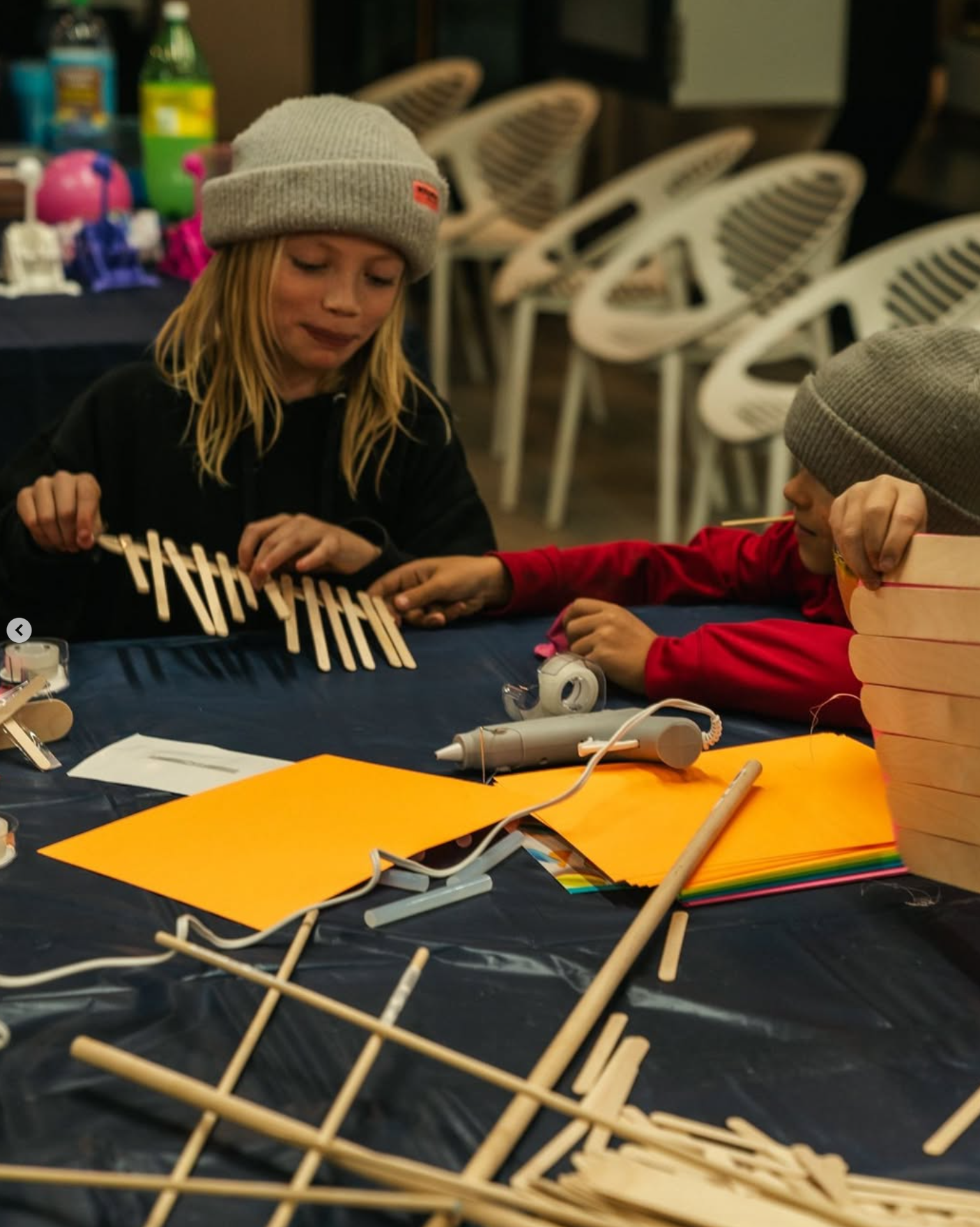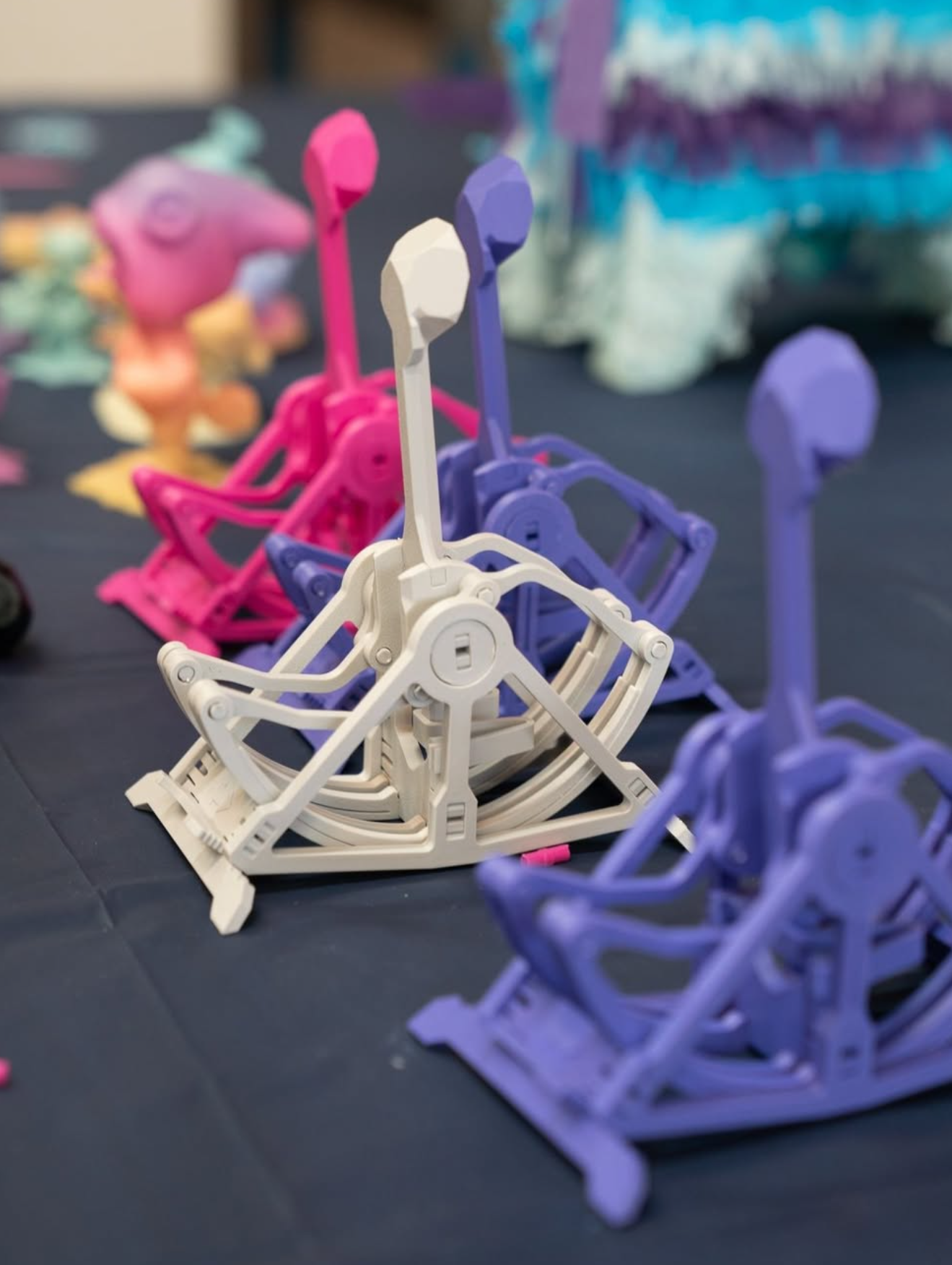
How Humans Stay Creative in a World of Routine
What sets humans apart from machines? The ability to imagine, create, and innovate. Creativity is deeply ingrained in our nature, and it shows up in everything from problem-solving to painting a masterpiece. But how does creativity work, and why are humans so good at it?
Creativity begins with curiosity. From a young age, we ask questions about how the world works, leading us to experiment and explore. This drive to learn is what fuels our ability to come up with new ideas.
Another factor is our ability to combine existing knowledge in unique ways. According to a study in Nature Reviews Neuroscience, the human brain thrives on making connections between unrelated concepts, leading to novel ideas.
Creativity is also deeply influenced by our environment. Surroundings that encourage play, experimentation, and collaboration tend to inspire more creative thinking. This is why makerspaces and innovation labs are so effective at sparking ideas.
Surprisingly, constraints can boost creativity. When faced with limitations—like a budget or a time crunch—our brains often come up with ingenious solutions. This phenomenon, known as "creative constraint," is a hallmark of human ingenuity.
Finally, creativity thrives on practice. Like any skill, the more we engage in creative activities, the better we become. Whether it’s painting, writing, or problem-solving, consistent effort leads to more innovative results.
So, while AI and machines might excel at tasks, creativity remains uniquely human. It’s what drives progress and makes life exciting.
Source: Dietrich, A., et al. (2004). The Cognitive Neuroscience of Creativity. Nature Reviews Neuroscience.



